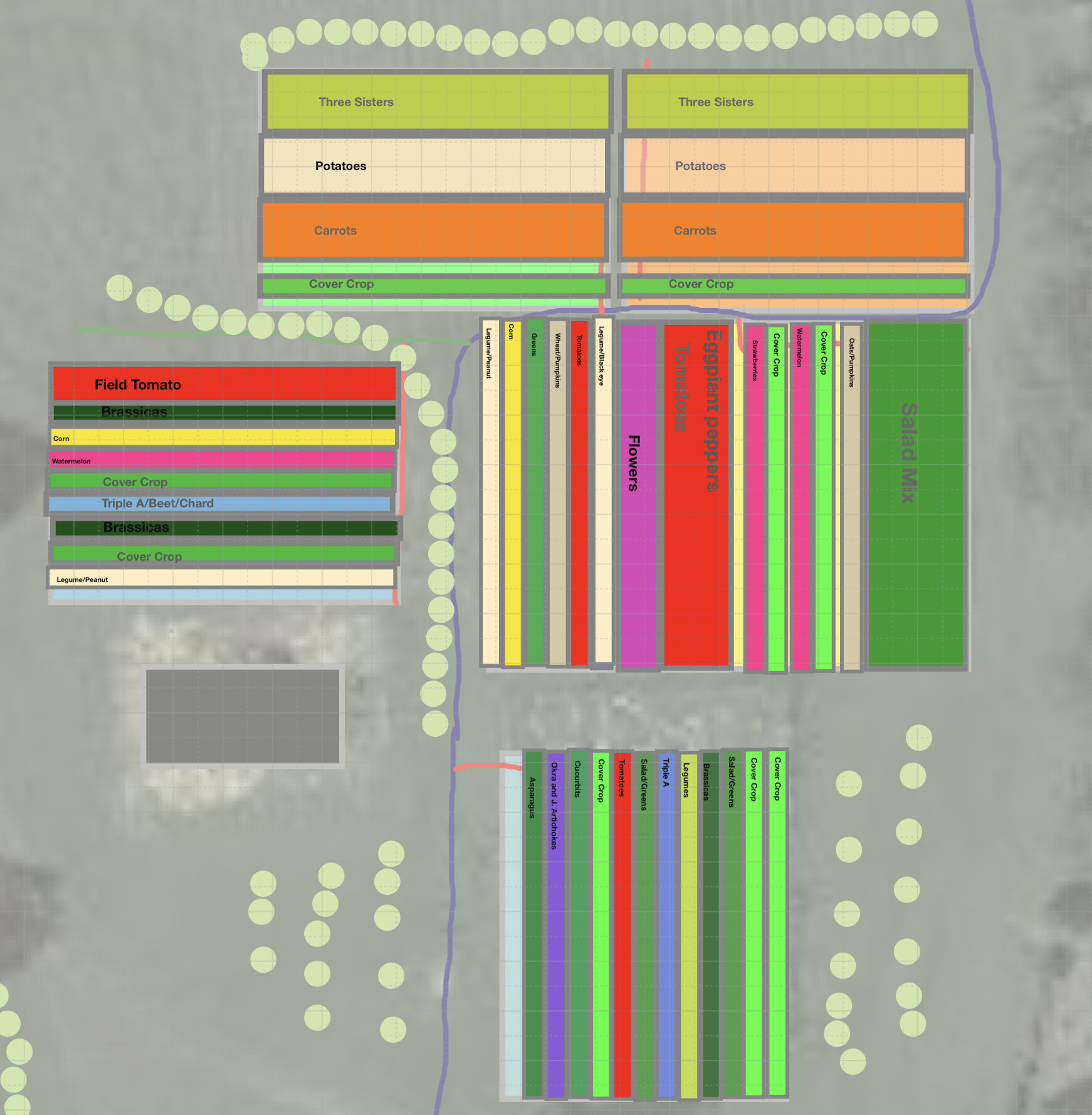Crop Plan
The crop plan is intimidating and something I haven’t really put much thought into until this season. This season is different. This season I’m trying to generate about $40,000 in revenue to pay for labor and cost. Year 1: Anything extra would be great and in reality I would need to make about $60,000 to match the return on investment that I expect from other endeavors. In my opinion, listening to farmers (Cole the Corn star), market gardeners (JM Fortier, Conor Crickmore, Curtis Stone, Diego, etc), micro green/urban farmers, ranchers (Salatin), talk about money is deceptive.
Anyone with any experience “making money” know that gross revenue is meaningless. Positive cash flow is king and really any enterprise in which you invest needs to have a positive ROI (return on investment). You can get sucked in to the shockingly similar sounding podcast of Zach Bush (food/farming) and Mike Green (investing). Farming/investing/whatever as an enterprise (not hobby) needs to make a certain amount of money. In my mind living wages are for people in their 20s, real wages are the future of farming.
Each industry has a metric for evaluating projected revenue:
Medicine- work relative value units = if you do this amount of work (surgery/office visits, procedures) this year then you will make this amount of money
Real estate- cap rate, cash on cash return, total return on equity = if you invest this amount of money, in this property, at this interest rate, then you will make this amount of money
Hourly employee- if I work this number hours then I will make this amount of money
Stock/bond/options market- if I invest this amount of money then I “hope” to make this return
Farming- if I invest this amount of time and money (seed, land, animals, infrastructure) then I “hope” to make this return
Every industry has it’s own uncertainty. 2020 taught us that anything can happen. So how do you create a crop plan to hit your goals.
Here is my attempt:
Goals
Create multiple revenue streams Year One
Positive cash flow Year One (minus infrastructure and equipment cost). I’m trying to keep things positive this year!! My off farm job paid for all the materials YTD and now I need to prove to myself that I can create a plan that at a minimum will pay for labor and operational cost.
Keep it Simple, Refine the revenue streams, and don’t get over extended
Step 1
Farm Layout
I’ve spent YEARS walking around my farm. I try to visualize what the farm will look like in 10 years. What is the land telling me and where does it want to go. I have rental properties, have built houses, and have realized that certain individuals have a talent for their ability to create space. This takes practice and don’t be discouraged by your first draft. I love using a piece of paper and crayons. The best option on the iPAD is to use an app like ArchiSketch. This lets you draw your farm plan to scale!! Use layers for fences, water, field plots, expansion plots, and infrastructure. See my drawing below. This then allowed me to take an excel plan, visualize it, and then saved me a ton of time while inputting the plan in to Tend. Tend then allowed me to get the specifics and generate revenue projections.
Let me know if this is helpful because I can elaborate!!
